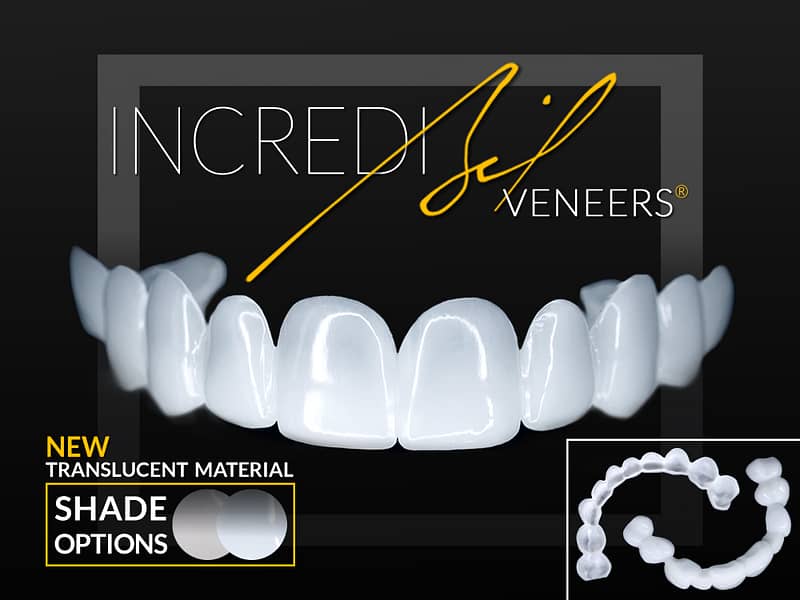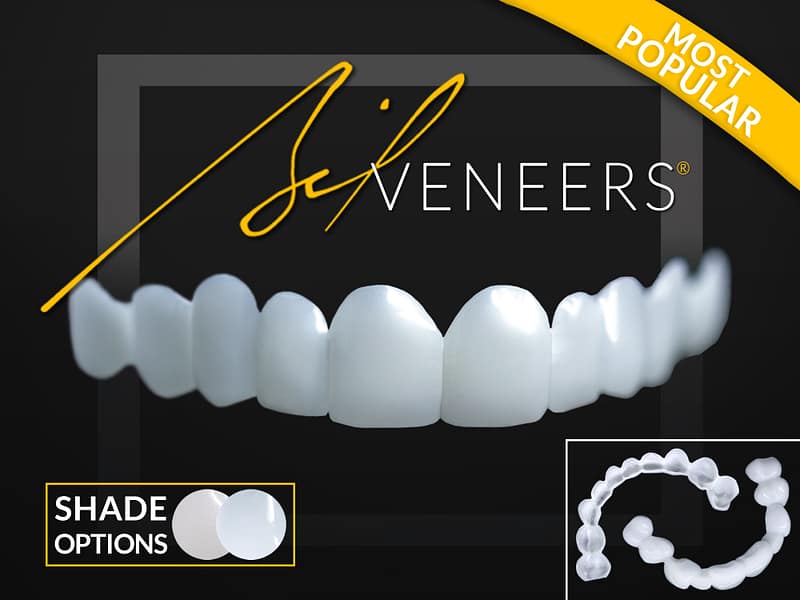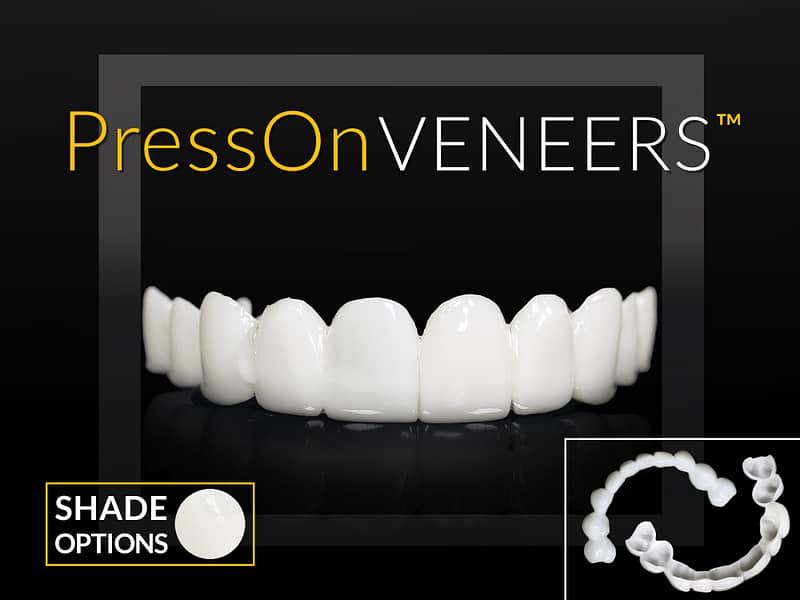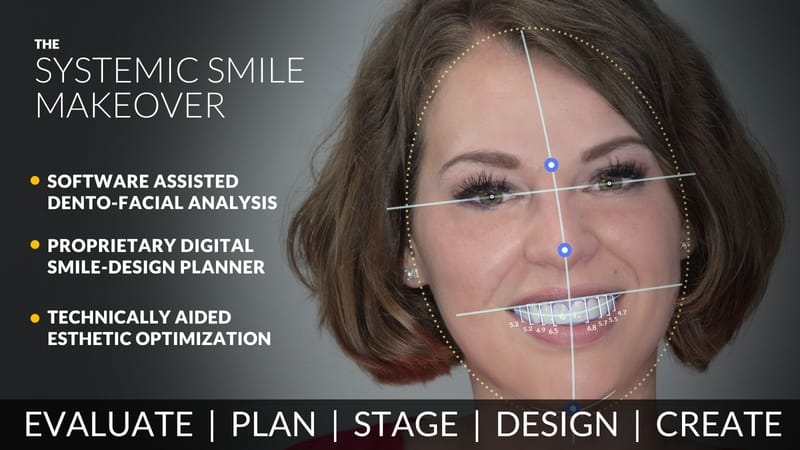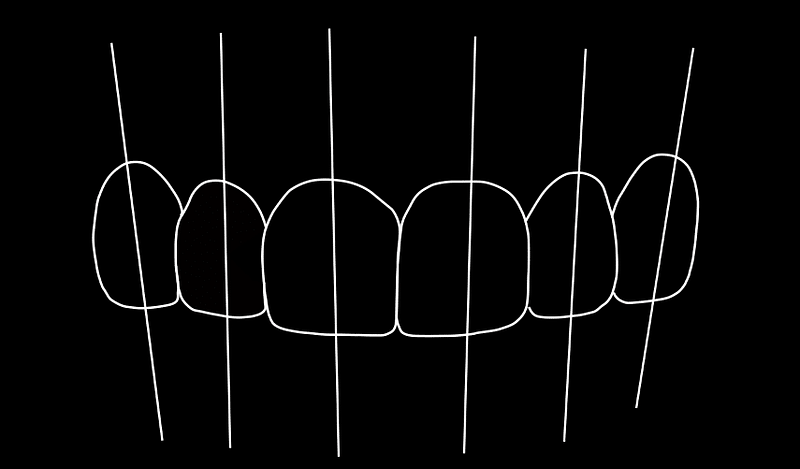Introduction to Gingivectomy Alternatives
Many people are looking for a gingivectomy alternative. Gingivectomy surgery (or Gingivoplasty) is a common procedure used in the dental field which involves removing excess gum tissue from the teeth, but it can be uncomfortable and lengthy when performed as an elective cosmetic procedure.
This is why Brighter Image Lab offers its new service of dental veneers as an alternative to gingivectomy. Our veneers are made of a high-quality composite material that will last up to 5 years with very little maintenance!
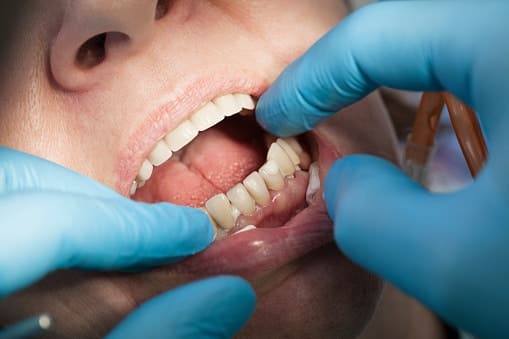
Gingivectomy VS Gingivoplasty
A gingivectomy is a surgical procedure that removes diseased gum tissue from teeth, and can be performed with either a laser or a scalpel. It’s common for people with periodontal disease or braces to receive a gingivectomy.
Gingivoplasty is used as a cosmetic treatment for reshaping the gumline and removing excess gum tissue. Both a gingivoplasty and gingivectomy are permanent, but should only be performed when medically necessary, and it is important to know that there are risks involved with this surgery.
How Does the Gingivectomy Procedure Work?
In order for the successful removal of gum tissues, the dentist must first numb any discomfort before starting this procedure. The surgeon will then cut around the gum line using either a laser or a scalpel until they reach healthy tissue and remove both healthy tissue as well as any unhealthy or infected cells from the area.
Once a scalpel gingivectomy is complete, stitches are placed and the gum tissue is stitched together. The surgery typically takes one to two hours to complete, although that will depend on how much infected or unhealthy gum tissues need removing from the area.
Laser gingivectomies use a specialized soft tissue laser to remove excess or diseased gum tissue. The heat produced by the laser cauterizes the surgical wounds, and often has faster healing times and less chance of infection.
Gingivectomy Aftercare and Recovery
Most dentists only use local anesthesia, so most patients are typically released after surgery and can drive themselves. The anesthesia only lasts a few hours, and the pain can be treated with over-the-counter products like Tylenol or Ibuprofen.
Bleeding for the first few days is also common after a gingivectomy or gingivoplasty. Your dentist will typically explain how to change bandaging and when the bandaging can come out. If you have questions or weren’t shown how, be sure to call your dentist’s office to ask for clarification.
Using a warm saltwater or saline solution rinse can keep the area clean and prevent infection. Sometimes your dentist will prescribe low dosage antibiotics to keep infection away.
Soft foods are heavily encouraged during the healing process to avoid irritation and damage to your healing gums, but normal diet can typically be resumed after the first week.
What does a Gingivectomy Cost?
A gingivectomy surgery can vary in price depending on the severity of gum tissue to be removed. In less extreme cases, patients may pay anywhere from $1500-$4000. This is compared with surgeries that require more extensive tissue removal (such as tumor removal) which might cost up to $10,000+ dollars.
Like any surgical procedure or complex medical procedure, there are some risks and side effects associated with Gingivectomy surgery which make many people understandably concerned about the expense of this treatment.
This is why opting for an alternative like our dental veneers is recommended as a safer and more effective option.
Side Effects Getting a Gingivectomy
Healing after a gingivectomy can take as little as a week, but like most surgical procedures there are potential side effects that patients should watch out for.
The following are some of the side effects that can occur after a gingivectomy surgery:
- headaches – The most common side effect of gingivectomy is severe headaches. These headaches can be a consequence of the anesthesia used during gingivectomy or from the pain receptors in teeth.
- mouth sores – Migrating stitches to close incisions on gum line will cause painful irritation and excessive swelling, which is why it’s important for patients to eat soft foods after surgery.
- dry mouth – Another side effect of gingivectomy, which can be caused by anesthesia or a lack of saliva production, is dry mouth. This generally subsides within 24 hours.
- swelling – Gingivectomy can cause mild to severe swelling. Although the swelling usually subsides within 24 hours, it is recommended that you stay hydrated for up to 48 hours post-surgery in order to reduce inflammation and discomfort.
- bleeding gums – A Gingivectomy is an invasive procedure that often causes bleeding gums. Bleeding gums will typically stop on its own, but it is important to rinse your mouth with water or a saline solution after eating.
- tooth sensitivity – One of the more common side effects from Gingivectomy surgery may be increased sensitivity in teeth. This can happen when nerves are exposed during gum removal and must heal over time before feeling returns to a normal state.
- decreased chewing ability – Gingivectomy can cause teeth to become loose and decrease your biting strength, which is why it’s important that you stay off of hard foods for at least six weeks after surgery.
With so many side effects to the gingivectomy, a large percentage of people seeking this elective dental surgery are searching for an alternative.
That is why our team at Brighter Image Lab has created a new service that will give you the bright, white smile in an easier and more comfortable way: dental veneers.
Dental Veneers are made of material composite bonding to your teeth for up to five years with little maintenance! In fact, all you need to do is call or chat with our smile specialists for a free smile consultation and we will walk you through the process.
Gingivectomy Alternative: Consider Brighter Image Lab
It is no wonder that people are looking for a gingivectomy alternative. The procedure, while effective, can be painful and has many potential side effects. The complications gingivectomy surgery presents can be substantial.
This is why it’s important to consider dental veneers as an option for those who want to achieve the smile they deserve without having to go under the knife.




